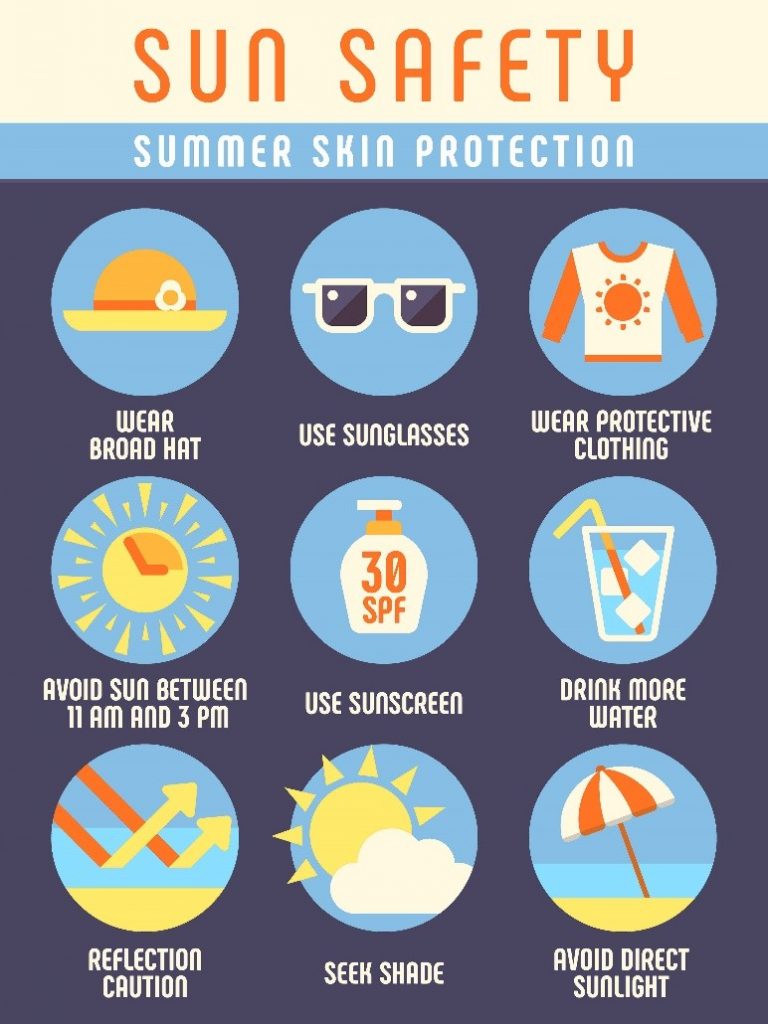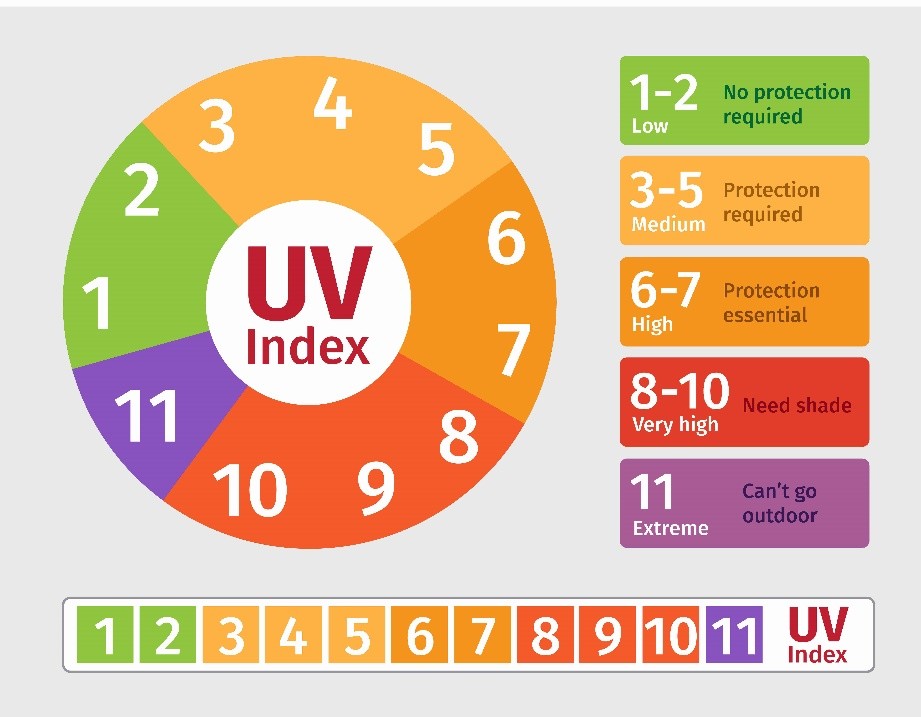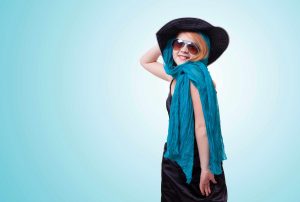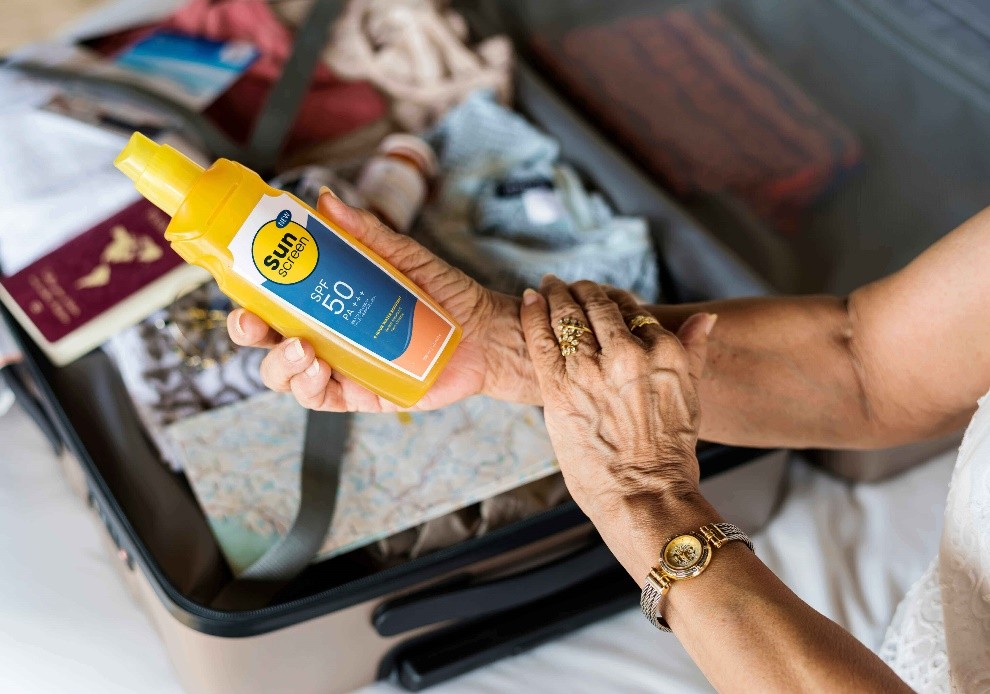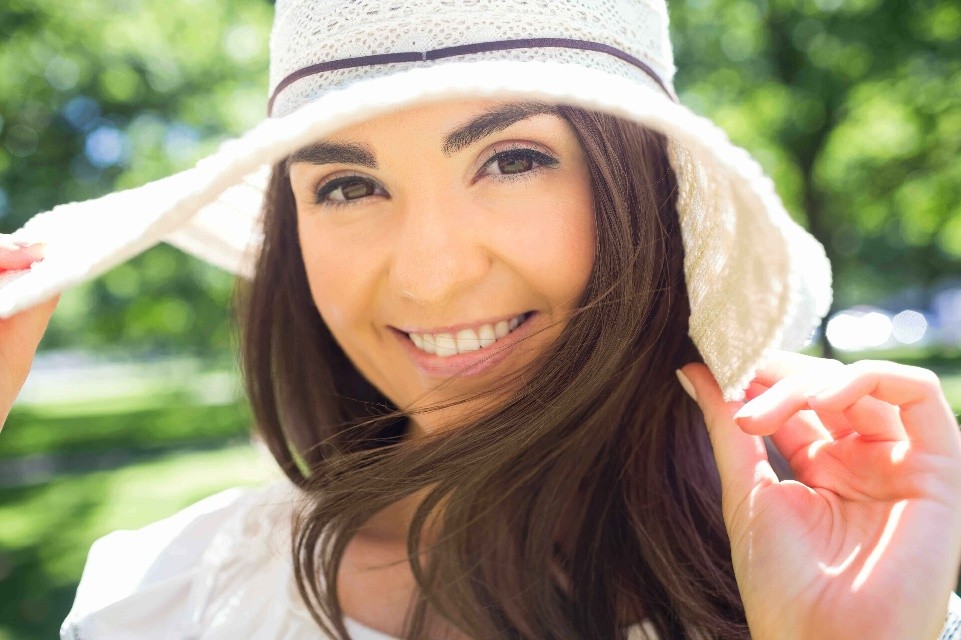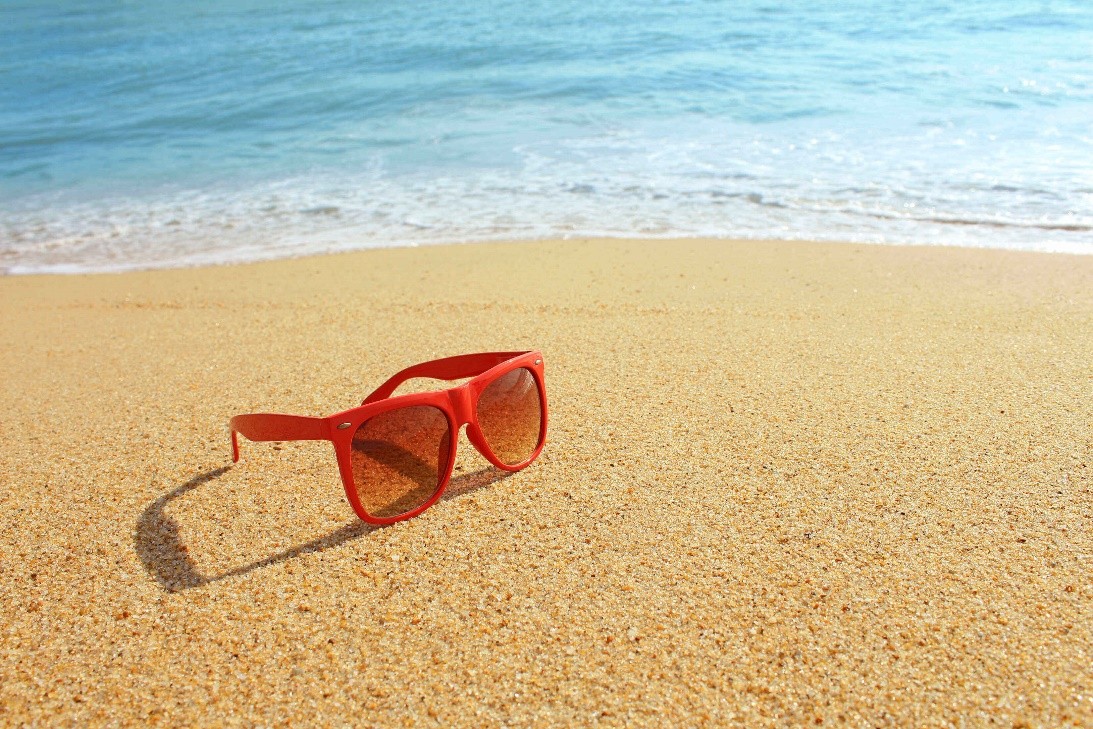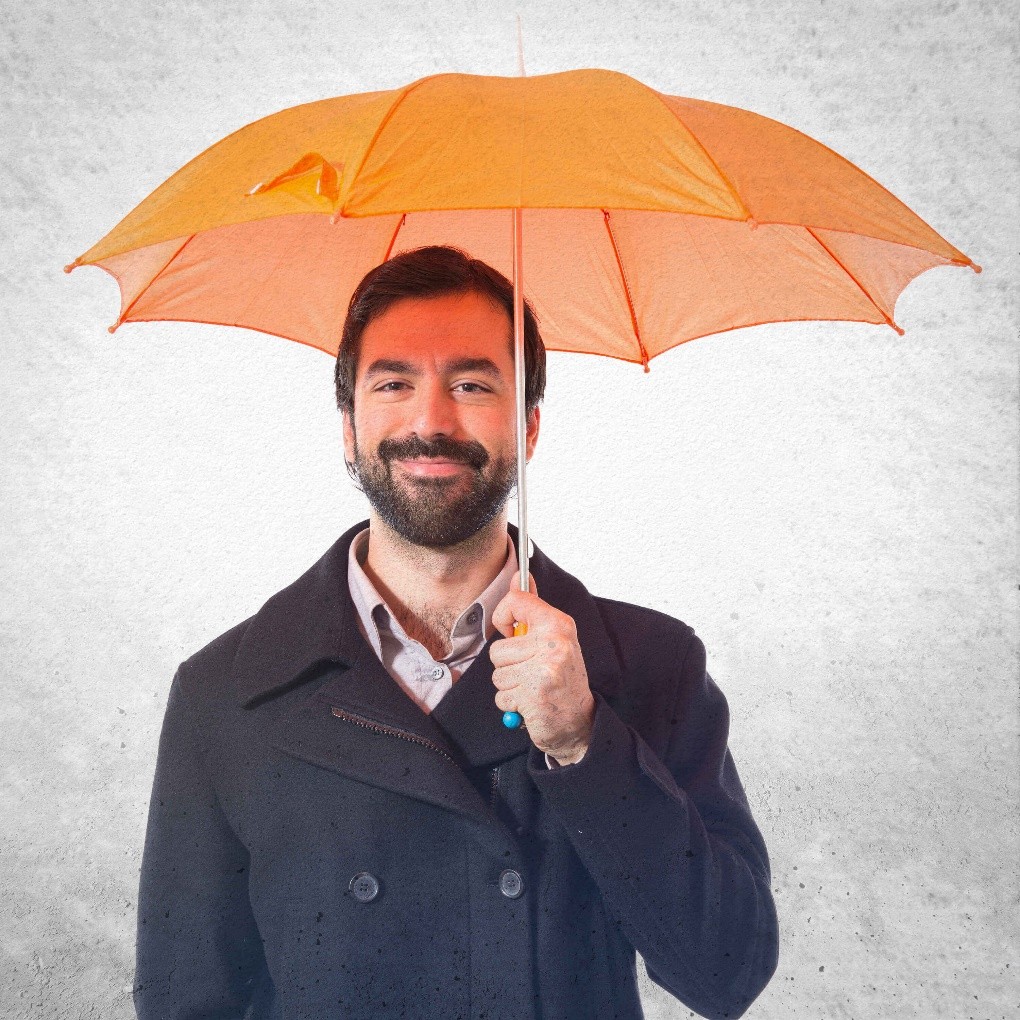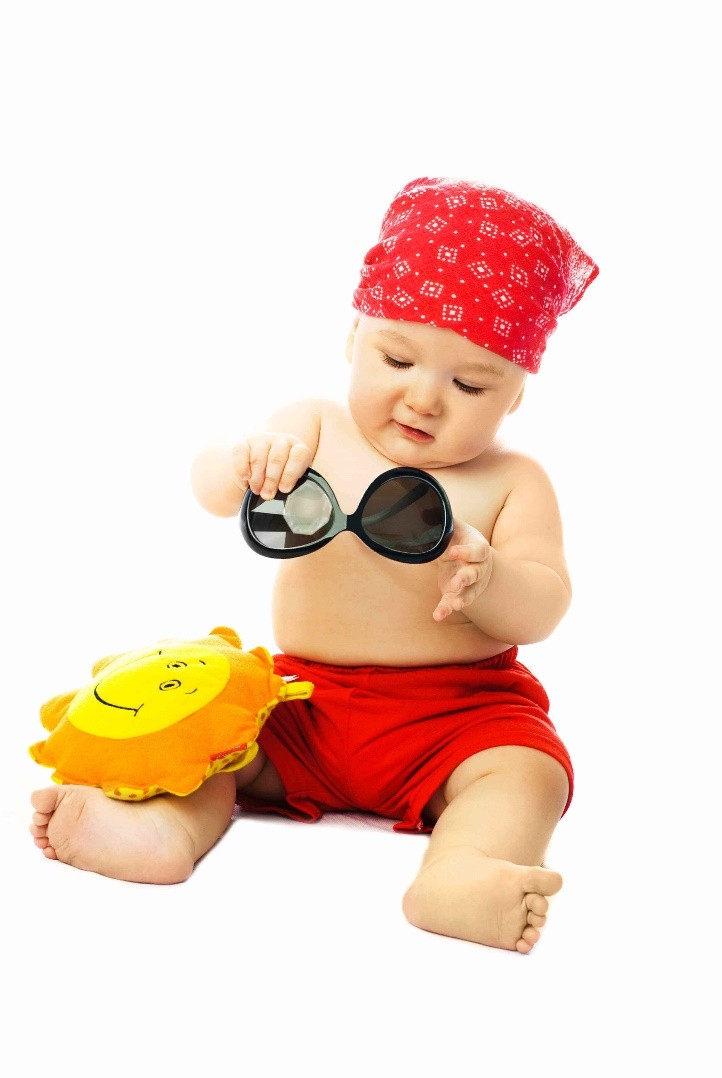Skin cancer prevention is the best method of avoiding undesired consequences such as a melanoma diagnosis. Following these precautions does not guarantee you will not get skin cancer, but they will significantly reduce your chances. You can practice skin cancer prevention by:
- Minimising your sun exposure
- Using sunscreen
- Wearing protective clothing
- Putting on a hat
- Wearing sunglasses
- Looking out for shade to shelter in
- Staying out of the sun at certain times
By taking these measures, you are more likely to stay sun safe, especially in the summer months. You will also reduce skin ageing related to sun exposure.
Skin Cancer Statistics in Australia
According to the skin statistics by the Australian Government, two out of three Australians will get the diagnosis of skin cancer by the time they are 70 years old. Over 2,000 Australians die from skin cancer annually. This is one of the highest rates of skin cancer in the world.
Basal and squamous cell carcinomas occur more than 5 times more than all the other cancers combined. In 2016, there were more than 900,000 treatments for squamous and basal skin cancers in Australia – 2,500 treatments every day! Basal and squamous cell carcinoma skin cancers were the cause of one quarter of all cancer-related hospitalisations in 2014-2015. These statistics clearly show that skin cancer prevention is particularly important in Australia.
UV Index & Skin Cancer Prevention
The UV index is a way of measuring and expressing the intensity of UV radiation. The UV index at solar noon is usually in the range of 0-12, with values above 11 considered extreme. Unfortunately for Australians, peak values in summer are often higher than 12-14, reaching even 16-17 at northern latitudes. When the index is equal to or more than 3, sun protection is necessary. Summer is therefore definitely cause for concern, but you can also get damaged skin from sun in other months as well on particularly high radiation days.
If you’re concerned about whether a day is a high radiation day in your area, you can use the free SunSmart app provided by the Cancer Society. It uses data from the Bureau of Meteorology and UV data from ARPANSA to tell you when sun protection is recommended. This can help substantially with skin cancer prevention.
Reducing Risk
Although you can’t be absolutely sure you won’t get skin cancer when you slip, slop, slap, it can greatly reduce your risk. Here are some easy skin cancer prevention measures to keep yourself healthy:
Protective Clothing
There are many variables that can affect the degree your clothes will protect you from UV rays, including:
- Fabric structure: If you can see through the fabric, it won’t protect you much. Choose more tightly woven natural fabrics like linen, cotton or hemp that will keep you cool while still protecting you from UV.
- Tension: Stretched fabric provides less protection.
- Layering: You can boost your protection levels by layering fabrics and garments.
- Colour: Darker colours will offer you more protection than white or pastel colours.
- Moisture: Dry fabrics offer more UV protection than wet ones. The degree to which this is true will vary with the kind of fabric in question.
- Clothes washing: Sometimes washing clothes can shrink the weave and the gaps in the material. But if your clothing is threadbare or faded, this will decrease its protective power.
- UV absorbers: There’s clothing available that is treated to increase its ability to absorb radiation. Check your labels to find out if yours has.
If you consider these factors when you pick out sun protective clothes, you can minimise your exposure to UV radiation from the sun.
Sunscreen
Sunscreen is an essential when it comes to skin cancer prevention. Apply a SPF30 or higher broad-spectrum protection sunscreen to areas of the body not covered by clothes, sunglasses or a hat. Sun protection factor (SPF) is a measure of the UVB protection a sunscreen provides. SPF30 filters 96.7% UVB, while SPF50 filters 98% UVB. Broad-spectrum sunscreen protects you from both UVA rays and UVB rays. Always check the use by date of sunscreen to ensure it is still effective, and make sure it’s stored below 30°C. As we have such high UV radiation in Australia, it’s best to choose a broad-spectrum SPF50 sunscreen for the highest level of protection.
To properly apply sunscreen, ensure you’re using enough. An average adult needs one teaspoon for each area of the body such as the head and neck, each limb, and for the front and back of the body. That comes to around 35ml of sunscreen just for one person. Apply your sunscreen at least 20 minutes before sun exposure. Reapply every two hours, or sooner if you’re swimming or are sweating a lot. If your skin is sensitive to sunscreen, look for fragrance-free products.
Brimmed Hats
If you need a hat to protect you from the sun, look for a wide brim (at least 7.5 cm for adults), a bucket hat with a deep crown, an angled brim of 6cm or more that sits low on the head, or a legionnaire hat with flaps for covering the neck and sides with a front peak.
For extra skin cancer prevention, choose a treated material that doesn’t let a lot of light through. Opt for hats that are cool and comfortable. If you’re active, a cap may be more practical that a brimmed hat, even though a brim or legionnaire hat will provide more protection. You must make a compromise between protection level and practicality.
Sunglasses
Wearing a broad-brimmed hat and sunglasses together can reduce UV rays to the eyes by up to 98%. A close-fitting, wrap-around style of sunglasses will offer the most protection. Check the tag to see if the glasses you’re thinking of purchasing meet Australian standards for eye protection (AS/NZS1067:2003). Choose sunglasses that are in category 2 or higher according to these standards. If you’re interested in seeing more easily on a sunny and high-glare day, then you might want to buy polarised sunglasses. The Australian standards for sunglasses don’t cover prescription glasses, so check with your optometrist.
Seeking Shade
Seeking out shade on a sunny day is one of the easiest and most practical ways to stay sun smart and practice skin cancer prevention. Shade can be:
- Natural – Trees and shrubs
- Built – Pergola, shade sails or shade from nearby buildings
- Portable – Tents, umbrellas or marquees
Staying Out of the Sun
There are periods during the day when the sun is at its strongest. Stay out of the sun between 10am and 4pm whenever possible for maximum skin cancer prevention. You should also stay away from other dangerous practices such as using solariums, sun lamps or tanning beds.
Skin Cancer Prevention for Kids and Babies
- Slip on some protective clothing on kids and babies
- Slop on some broad-spectrum sunscreen
- Remember to reapply sunscreen after they have a swim or paddle in the water.
- Slide on some sunglasses
- Usually sunglasses created for babies and toddlers have soft elastic to keep them from falling off. Ensure the sunglasses are secure to prevent the arms becoming a choking hazard.
- Slap on a comfy hat
-
- Note that babies and toddlers don’t like wearing hats, but they need to learn through repeated wearing that a hat is part of the going outside routine. Be a good role model by wearing a hat too. A legionnaire hat will be softer on your kid’s head and more comfortable.
Skin Cancer Treatment
At Mole Check Clinic, we are a consulting skin cancer clinic offering a range of skin cancer treatments. Some of these will help you with your skin cancer prevention strategies. For example, it’s a good idea to conduct a skin cancer self-check and have mole mapping done to check the health of your skin and flag any suspicious moles early on. We can also offer you a professional skin cancer check and take a biopsy of any suspicious moles. Early treatment is always best and will ensure a more positive outcome when it comes to melanoma or skin cancer.
Learn More About Skin Cancer Prevention & Treatment Today
It’s very important for all moles to be thoroughly and regularly examined by a qualified medical practitioner. At Mole Check Clinic, we can conduct mole mapping and professional skin cancer checks to ensure your risk is low. If you have a questionable mole that you’ve found in a skin cancer self-check, book in for a skin cancer check at one of our clinics. Don’t delay – call us now on 1800 MOLECHECK.


